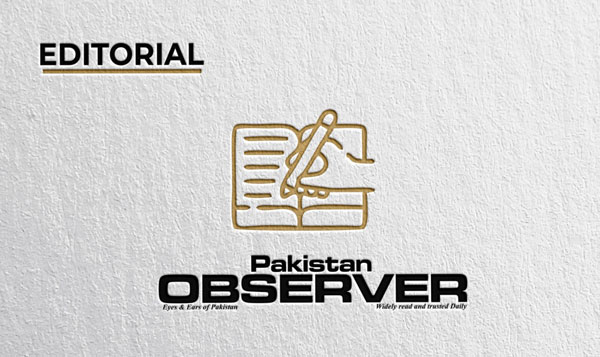THE mercury in parts of Pakistan threatens to reach a blistering 50°C this week.
Temperatures already climbed to 47.7°C in central and southern regions last weekend.
This extreme weather is not an isolated incident, it is a glaring symptom of a changing climate that is hitting Pakistan hard.
Nawabshah, which previously set the April temperature record of 50°C in 2018, may match that mark again—this time under the grip of a massive high-pressure system stretching across South Asia.
Such oppressive heat is no longer an anomaly but an emerging norm in a world where global warming is causing heat extremes to outpace cooler weather events by a troubling margin.
For us, the consequences are multifaceted and severe.
Agriculture, the backbone of the country’s economy, is suffering immensely in this heat.
Then it is also the common man who bears the brunt including labourers, schoolchildren, the elderly and those without access to cooling or proper shelter.
The health risk from such unrelenting heat is significant.
It is imperative that the public takes precautions.
People must avoid unnecessary sun exposure during peak hours and ensure they stay adequately hydrated.
Employers and educational institutions must play their part too adjusting working and school hours to mitigate exposure during the hottest parts of the day.
Health facilities must also be placed on high alert, equipped with the necessary resources to treat an expected rise in heatstroke and dehydration cases.
Public awareness campaigns should reinforce these precautions, especially in vulnerable communities.
But short-term measures alone won’t protect us from the long-term threat.
This heatwave is a clarion call for decisive climate action.
We must urgently invest in climate-resilient agricultural practices, including the development and distribution of heat- and drought-tolerant seeds.
Likewise, the construction of new water reservoirs is critical to ensure sustainable water supply during increasingly dry spells.
Accelerating tree plantation drives can offer much-needed shade and improve local microclimates potentially lowering temperatures in affected areas.
The current crisis is not just a weather event but it is a warning.
Without robust climate adaptation and mitigation strategies, such heatwaves will only become deadlier.










